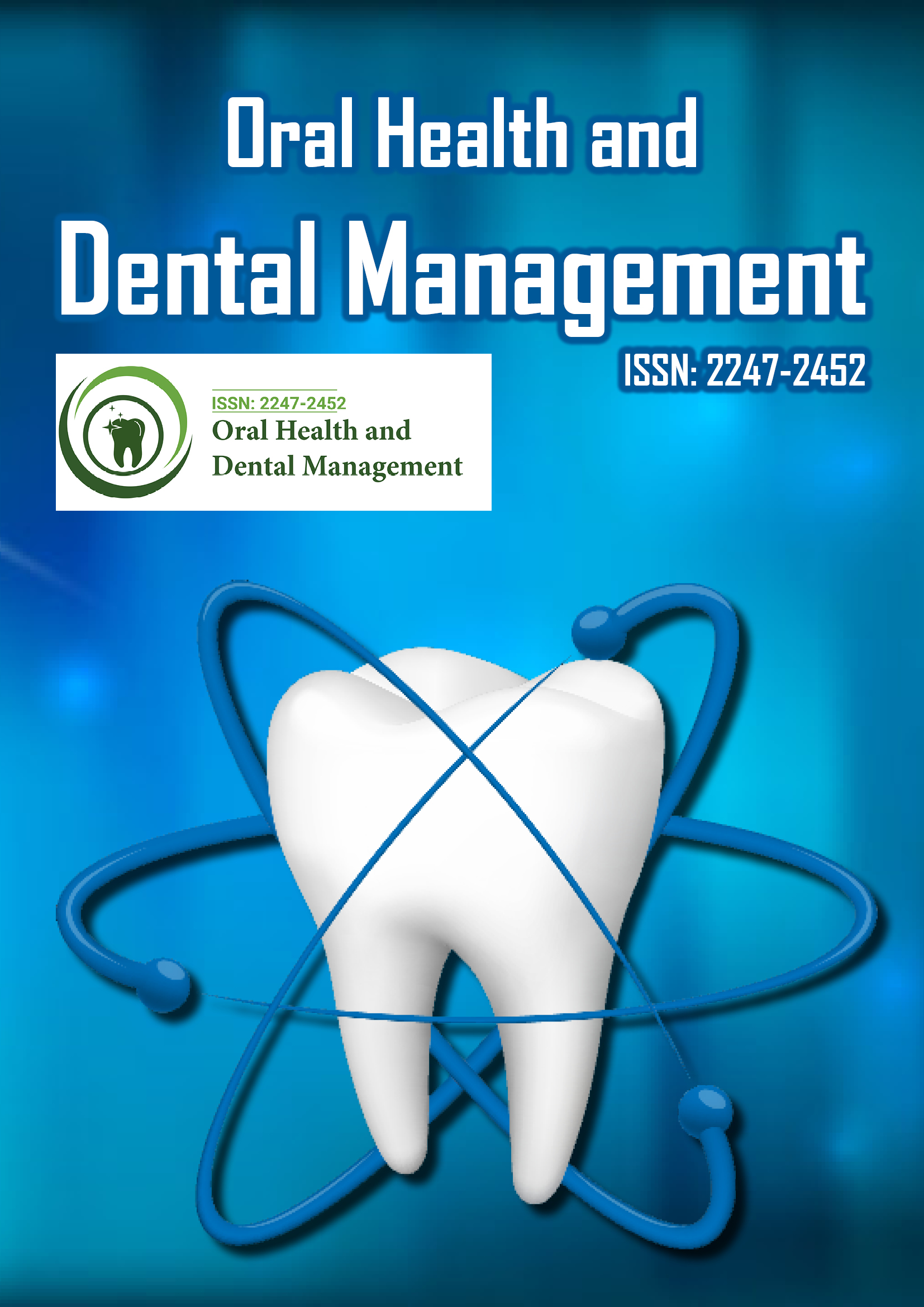Indexed In
- The Global Impact Factor (GIF)
- CiteFactor
- Electronic Journals Library
- RefSeek
- Hamdard University
- EBSCO A-Z
- Virtual Library of Biology (vifabio)
- International committee of medical journals editors (ICMJE)
- Google Scholar
Useful Links
Share This Page
Journal Flyer

Open Access Journals
- Agri and Aquaculture
- Biochemistry
- Bioinformatics & Systems Biology
- Business & Management
- Chemistry
- Clinical Sciences
- Engineering
- Food & Nutrition
- General Science
- Genetics & Molecular Biology
- Immunology & Microbiology
- Medical Sciences
- Neuroscience & Psychology
- Nursing & Health Care
- Pharmaceutical Sciences
The role of orofacial myology in the multidisciplinary care of the orthodontic, TMD and sleep disordered breathing patient
32nd Asia Pacific Dental and Oral Health Congress
July 23- 24, 2018 Sydney, Australia
Rochelle McPherson
OM Health, Australia
Posters & Accepted Abstracts: Oral Health Dent Manag
Abstract:
Orofacial myology, also known as Myofunctional Therapy (OMT), is becoming an accepted modality used in a multidisciplinary approach in patient care. OMT is treatment of certain disorders of the muscles of the face and mouth, targeting the oral and oropharyngeal structures to improve muscle function and tonicity. Retraining of nasal breathing and lip seal is incorporated within the therapy. OMT has been well established in the treatment of abnormal orofacial development, which can lead to sleep disordered breathing in children. Orofacial Myofunctional Disorders (OMDs) can affect growth and development and these include non-nutritive sucking, improper swallowing habits and incorrect postures and function of the muscles of the tongue, lips and jaw. Orthodontists and dentists are concerned about OMDs because of the impact on dental development, facial growth, orthodontic treatment outcomes and importantly, the stability of the dentition once orthodontic treatment is complete. TMD patients have an increased number of OMDs, research demonstrates the reduction of these dysfunctions improves facial pain and increases the range of motion of the jaw. The etiology of sleep disordered breathing is multifactorial. The muscles play an important role in the disorder however treatment of them is often over looked. Current literature demonstrates that orofacial myofunctional therapy decreases Apnoea-Hypopnea Index (AHI) in both adults and children. Oxygen saturation and snoring improve in adults. Orofacial myofunctional therapy plays an important adjunctive role in multidisciplinary approach to treat the orthodontic, TMD and sleep-disordered breathing patient.
